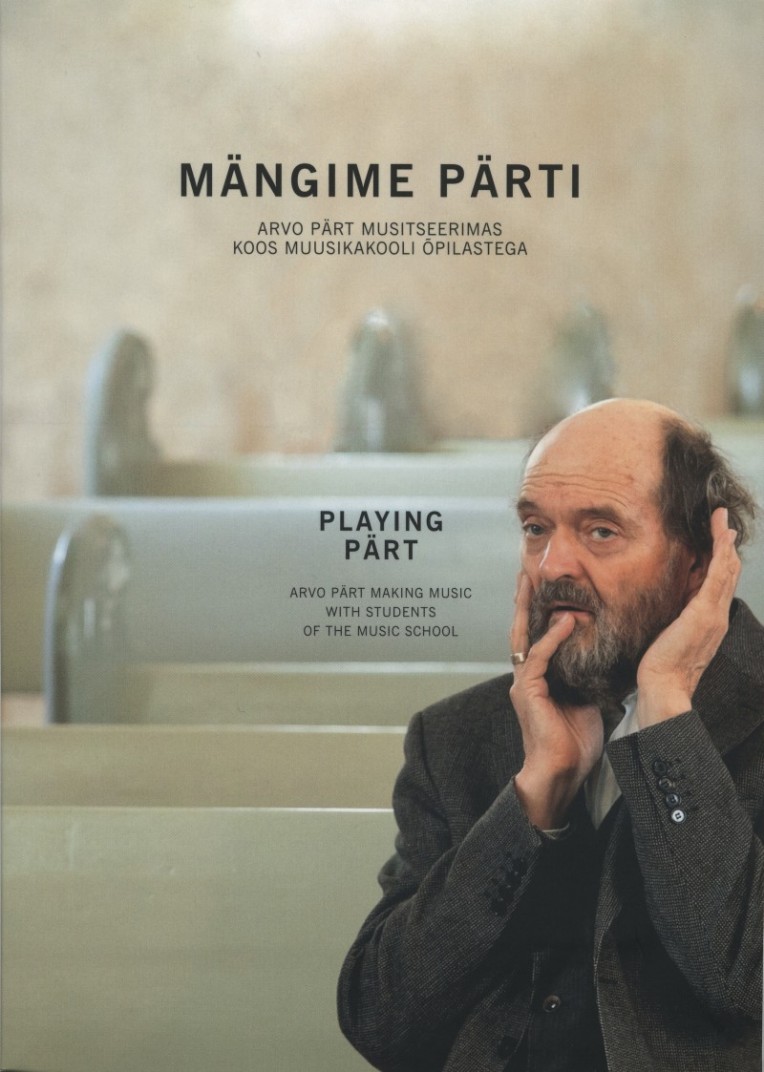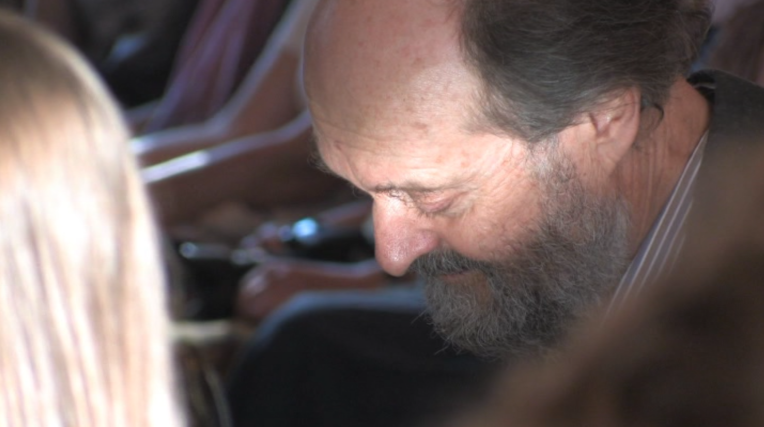
Arvo Pärt
The Symphonies
NFM Wrocław Philharmonic
Tõnu Kaljuste conductor
Recorded August 2016 and October 2015 (Symphony No. 3)
Main Hall of the National Forum of Music, Wrocław
Engineers: Andrzej Sasin and Aleksandra Nagórko
Mastering: Christoph Stickel, MSM Studios, München
An ECM Production
Release date: April 20, 2018
Following the release of his Symphony No. 4 in 2010, it was perhaps only a matter of time before a compendium of Estonian composer Arvo Pärt’s symphonies would also come to light on ECM. And what a light we can enjoy through the prism of all four, newly recorded by the NFM Wrocław Philharmonicunder the direction of Pärt’s untiring messenger, Tõnu Kaljuste. What these works, separated by decades of time and soul-searching, lack in duration (given that they all fit snugly onto one CD) they make up for in their dynamic and textural scope. In the album’s liner note, music critic Wolfgang Sandner writes: “To study and listen to symphonies is, in essence, to read and comprehend a biography in notes.” In this respect, symphonies are aesthetic snapshots of a composer’s life at those times. Like stencils applied to the past, they filter out anything extraneous to the meaning at hand, funneling our attention into particular shapes and therefore boundaries of possible interpretation.
In listening to the Symphony No. 1, penned almost half a century before his Fourth, we hear what Sandner refers to as the “jagged caesuras” of Pärt’s inner landscape: deeply personal snapshots from a time when composers under the Soviet flag were forced to weigh idiosyncrasy and conformity on a scale of creative expression. Pärt was willing to take the risks that came with upending that scale altogether, and was summarily banned as a composer when, in 1968, he professed Christian faith via his Credofor piano, mixed chorus and orchestra. Five years earlier, the First Symphony was already in genesis. Dubbed the “Polyphonic,” it bears dedication to Heino Eller, his professor at the State Conservatory in Tallinn. Constructed around a twelve-note row (E-F-F#-B-Bb-G-A-Eb-D-Ab-Db-C), it is divided into two movements. “Canons” is a thick slice of serial pie, and like the proverbial desert reveals delectable combinations of starch and sweetness with every bite. The “Prelude and Fugue,” by contrast, begins with lighter strings before jumping into a pastoral interlude and, in conclusion, an insistent cluster of rhythmic and tonal artifacts.
Although the Symphony No. 2 (1966) is also cured around a twelve-note row, it feels less constrained by formula. Its brevity (the symphony barely crests the ten-minute mark) is its strength. At this time, Pärt was working in what he called a “collage” technique, by which resolution was reduced to a petty dream in favor of metamorphosis. Its first movement is a kaleidoscope of motifs, atmospheres, and collisions by which is rendered not a mosaic but a centrifuge of philosophy. The block chords of the second movement are urgent, thrown by their own weight into a black hole of identity reformation. The third and final movement, percussive minutiae and all, glimpses the mind of a composer reaching for something more than what reality has to offer, as indicated in his quotation of “Sweet Dreams” from Tchaikovsky’s Album for the Young. It ends as if unresolved, stepping into the pastures of the future.
By the 1971, when Pärt was writing his Symphony No. 3, he was well into a period of self-reflection that led him to declare a Russian Orthodox conversion. This symphony is the first breach of that spiritual watershed—both musical and personal—that cut the umbilical cord of the avant-garde. Dedicated to conductor Neeme Järvi, this tripartite monument touches upon the prayerful unfolding that now characterizes the mature composer. In the second movement especially, a familiar lyrical nature struggles to break through the soil of political nurture, pulled from its reasoning by a force that would otherwise refute it. The final movement describes the old flesh wrestling with the new, eventually giving over to a medieval polyphony and blast of hope.
If the Symphony No. 4 (2008) sounds more choral, that is because it overflows with voices: of history, of experience, and even of persecution. Bearing dedication to Mikhail Khodorkovsky, an exiled Russian mogul once jailed for his critical outspokenness, it wears decidedly liturgical clothing. The pizzicato textures of its second movement are the stirrings of a soul wanting to be heard, while the coda breathes in hope and exhales caution, never letting go of the rope in its hand. And attached to the other end that rope? A vessel of the past on which has been loaded the cargo of our sins, which one way will be unloaded, weighed, and accounted for.


















